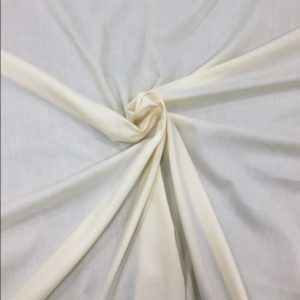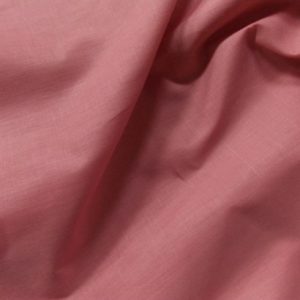As the name suggests sheeting fabric has been used for bedlinen and a cover sheet over for many different projects. It is a widely available fabric purchased around the world as an economical material for the end use. It is usually made up from 100% cotton or a new development of this material has been the addition of polyester as a blend, this can ensure the durability and the longevity of the material.
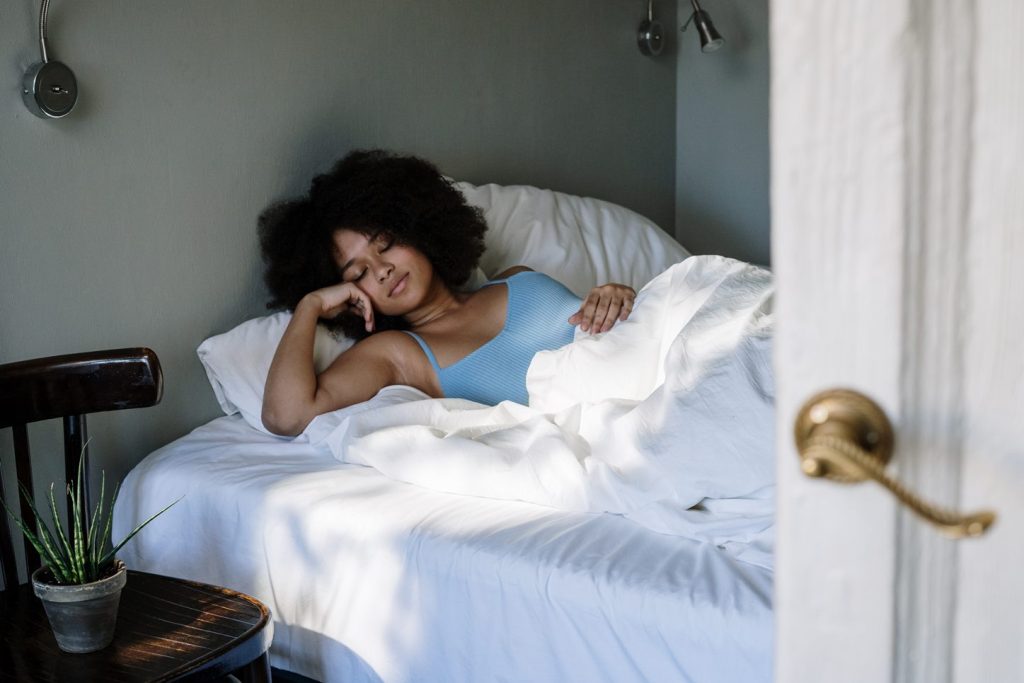
Some sheeting materials have been treated to flatten any slubs and textures that can build within the material, this also creates a blank canvas ready for the dying process. This helps the dyes deepen and stain better.
Usaes and applications in projects
Sheeting fabrics can be used in bedlinen, pillowcases you can create your own bespoke bedding. It is also a good choice for quilting or lining and mock dress garments.
Bedlinen
Sheeting material is usually a plain white material available in a wide width up to around 3m and usually around the 1-1.4meter width as a standard, this is the reason why it is great to use for bedlinen (duvets, pillowcases, flat sheets) you can create your own bespoke bedding if you have a bespoke duvet or an international sized duvet/bed.
It can be a cheaper option then buying pre-made bedding, especially if it is going to be a basic sheet or if you need to change the sheets often. Sheeting can also be used to line bedding that has embroidery or any embellishments, so they don’t scratch the skin creating a comfortable sheet.
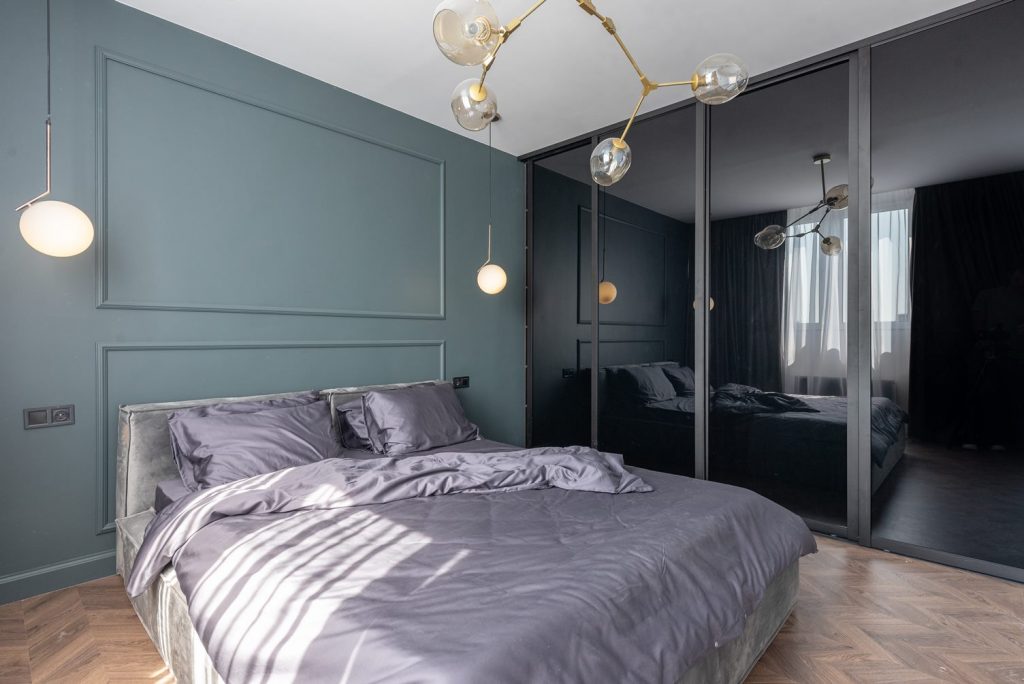
Quilts
Quilting all starts off with a basic material where you can build your pattern and have a base to secure the cut outs, this then layers the quilt giving it the layered feel. Economically it’s a great option especially if the sheeting fabric has been treated to avoid any friction on the fabric creating bobbles or any fuzz balls on the underside of a quilt.
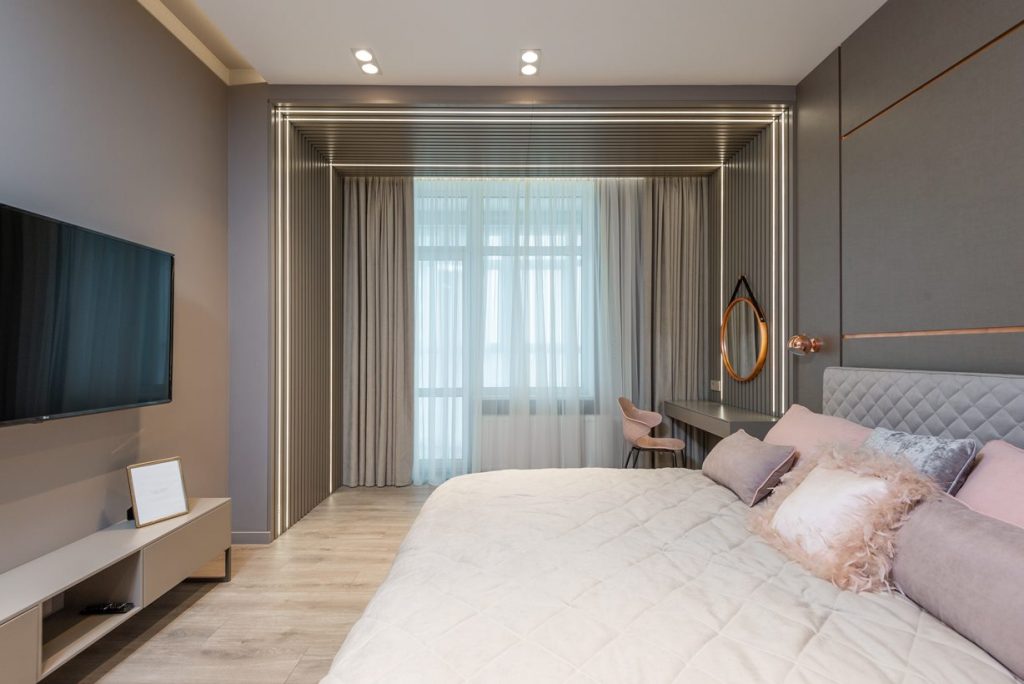
Lining and dress making
Dressmaking will often include creating mock garments to practice before using the end fabric as it is an economical way if the dressmaker has to use some expensive fabrics like silks or velvet. The mock garments are usually made form calico or sheeting fabric as it is openly available and can be sold cheaply with a wide width as a bonus.
Having a basic fabric to dye and embroider over and experiment with is something dressmakers, artisans, students and anyone looking to get creative often look for so this would be a great fabric to use.
Dresses, curtains, quilts, bags, skirts, tablecloths and many other objects are often found lined with sheeting fabric as you can find this material with different thread counts and therefore, they can be applied to different projects giving various different strengths.
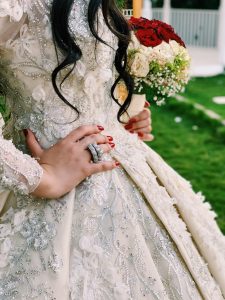 |
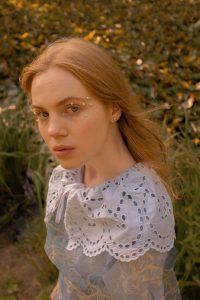 |
Soft furnishing:
Tablecloths are something you can find in all homes and places, so having a fabric that has a wide width with a basic crisp white cotton feel is a great option for a tablecloth. It can be reused many times and will still withstand time; it may be a cheaper option and easier to work with then 100% linen material which creases and is harder to iron out. Sheeting fabric does crease however it is easier to iron out with some steaming.
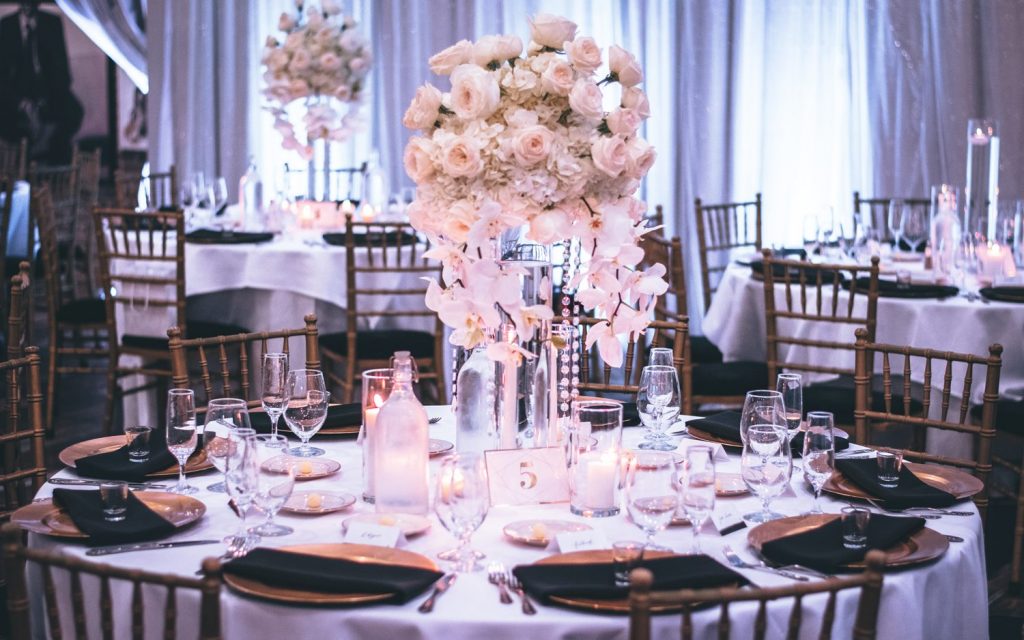 |
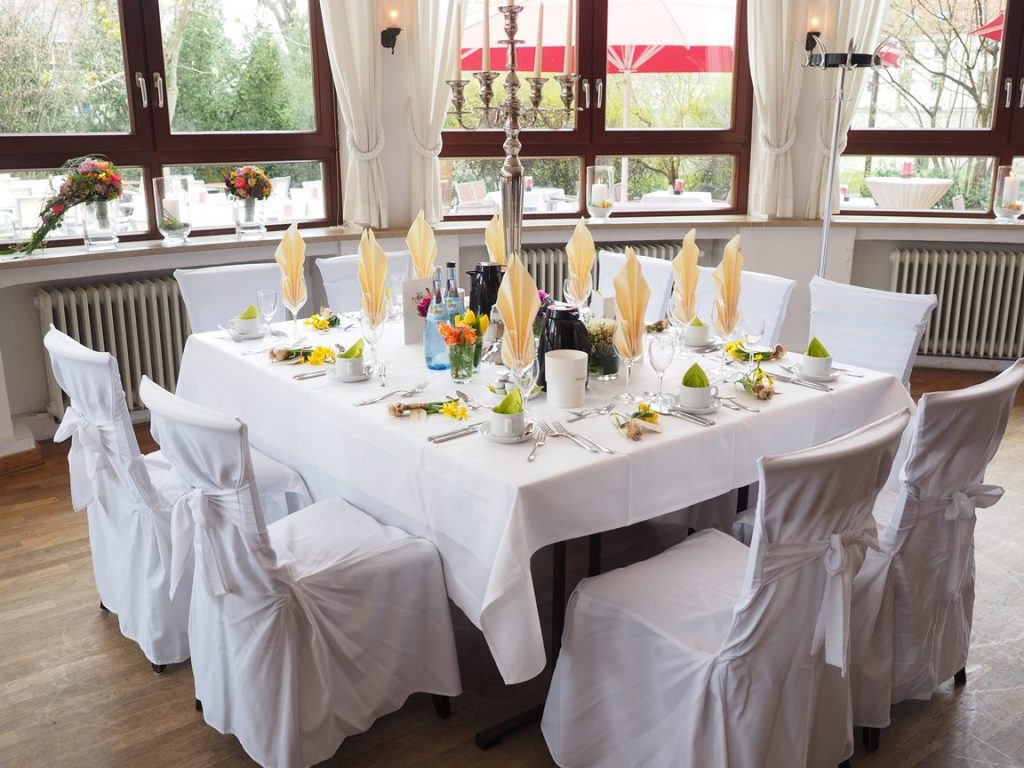 |
Conclusion
Sheeting fabric has many uses and can be purchased widely as it is a common fabric so this will be easier to use and apply to any project. It is a blank canvas and can be dyed, embroidered and printed on so it has real potential as a fabric. Using this material can create opportunities to experiment with different ideas and patterns as it is a cheaper option and can create good results.
Checkout our list of Sheeting Fabrics and more fabrics.
